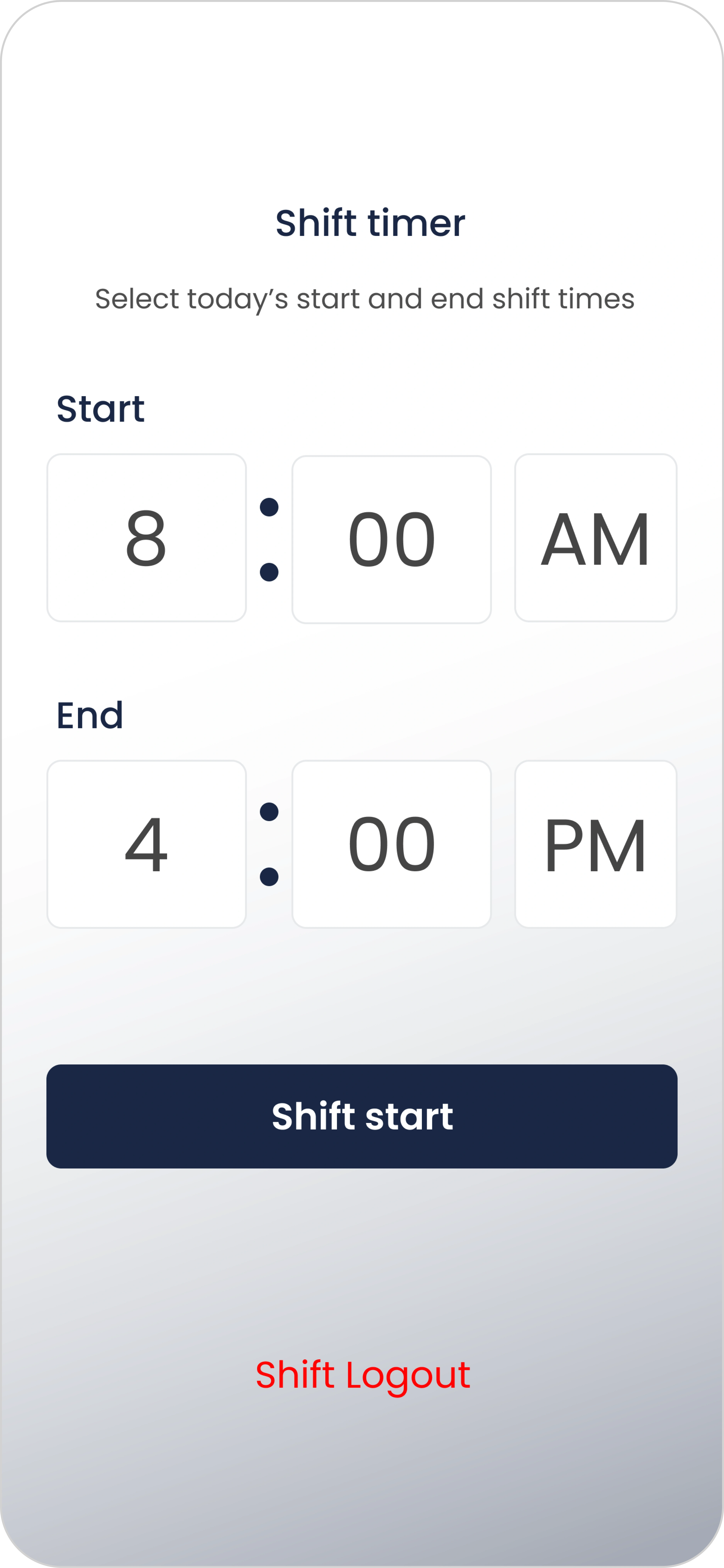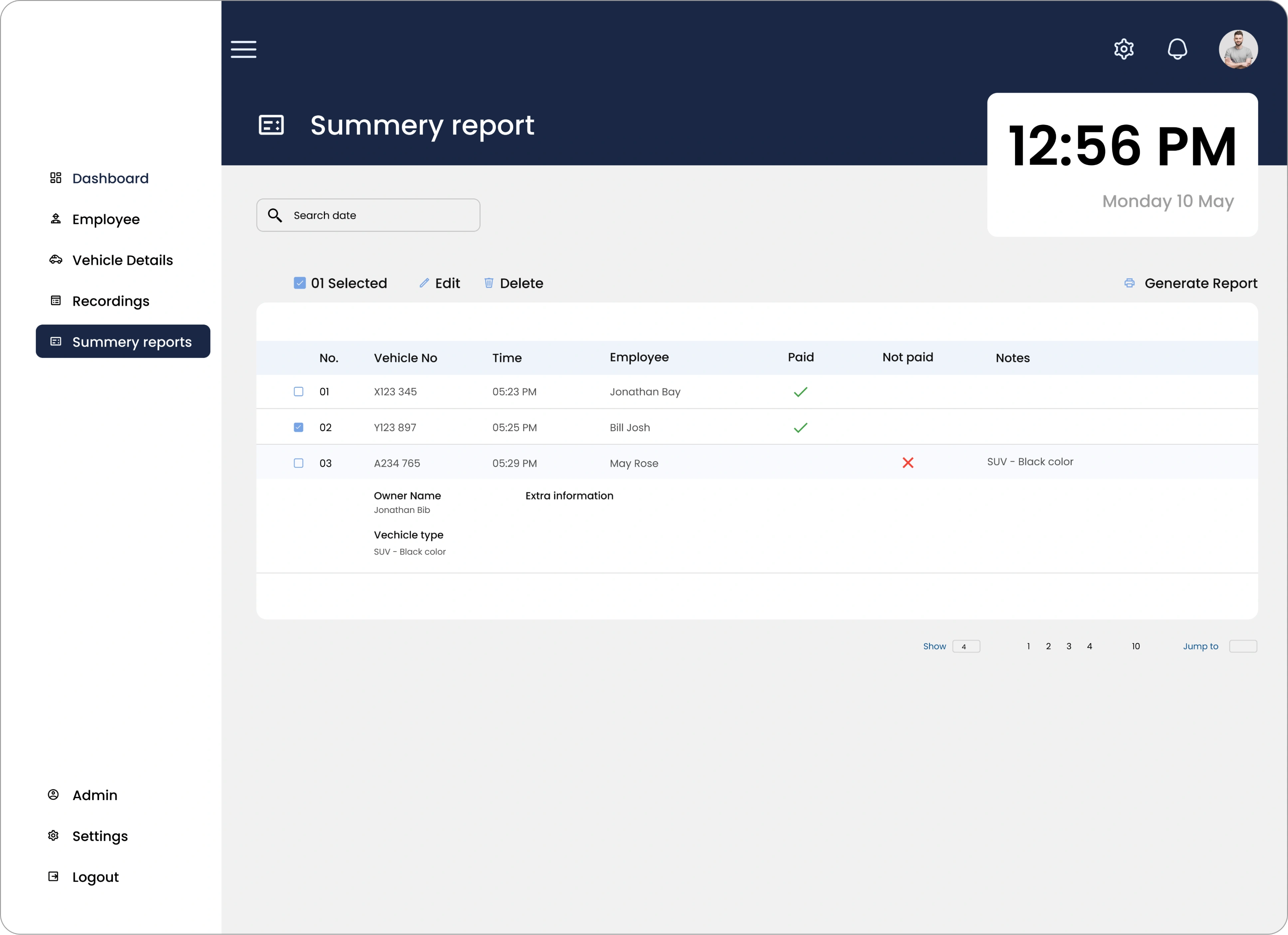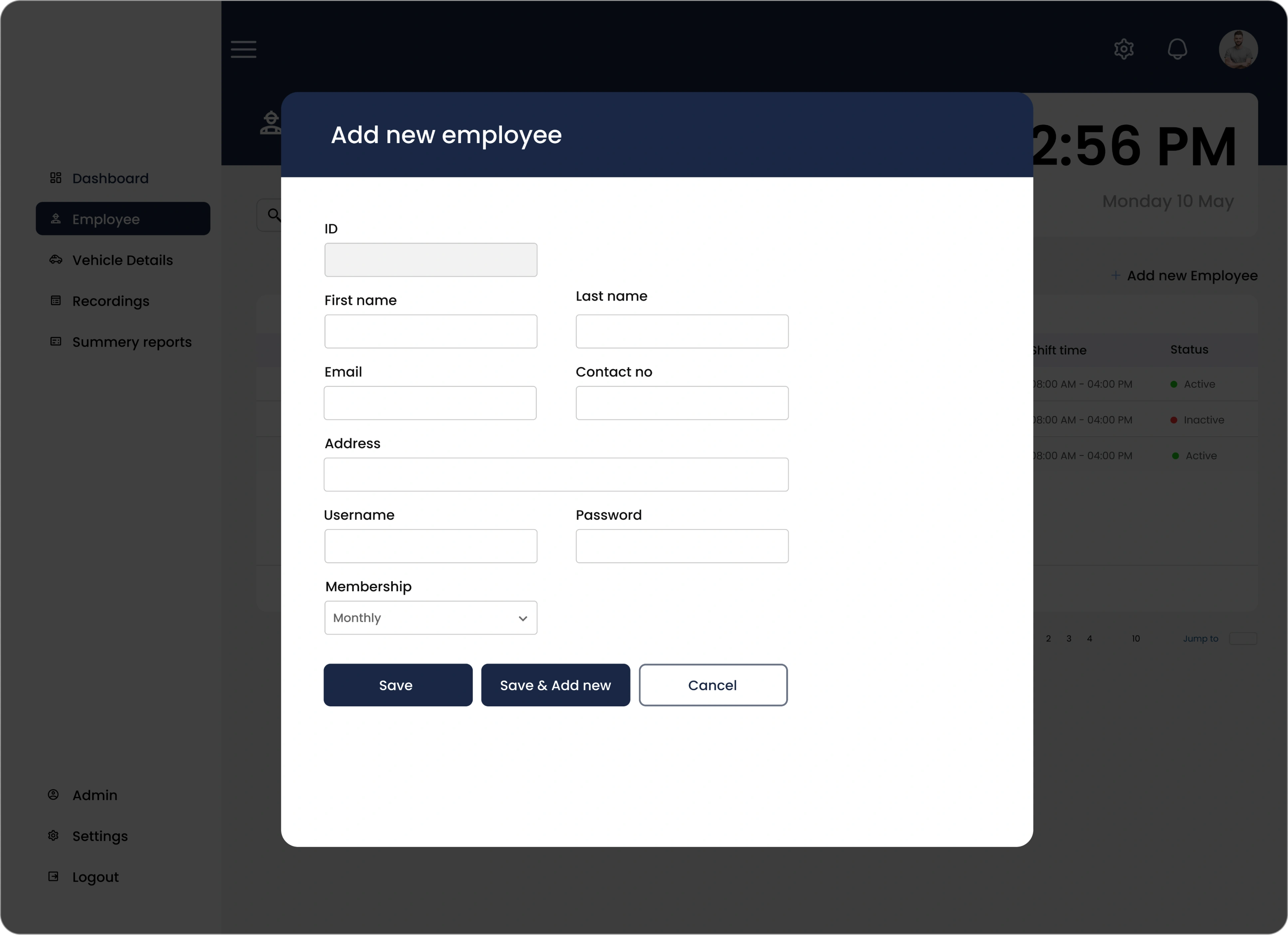Fuel Tracker is a revolutionary mobile application and admin portal designed to address the rampant issue of fuel theft at gas stations. Led by a dedicated team and spearheaded by our Product Manager, the project aimed to provide gas station owners and operators with a comprehensive solution to combat fuel theft, streamline operations, and enhance revenue protection.


Fuel theft has been a persistent challenge for gas station owners, resulting in significant revenue losses and operational inefficiencies. Traditional methods of tracking fuel transactions and managing payment status were ineffective in curbing this issue. Our challenge was to develop a solution that would not only streamline fuel tracking and payment verification but also deter potential thieves.
Fuel Tracker emerged as a comprehensive solution that revolutionized the way gas stations manage fuel transactions. Key features of the solution include


The Fuel Tracker app features a streamlined sign-in and sign-up process for service workers. With easy-to-understand functionality, it enhances UX. Service workers use personalized passcodes, synchronized with their shift timings, to log in and mark fuel services as paid or unpaid.






When a new customer arrives, the service worker inputs vehicle number, time, comments, and payment status. After shift, they summarize records. The admin/manager reviews for further action.




The Kanso homepage offers efficient fuel management, displaying service workers' shift progress with a time bar and fuel payment details via pie charts. Generate daily and monthly reports effortlessly.


.webp)







Fuel Tracker represents a paradigm shift in the way gas stations manage fuel transactions, offering a holistic solution to combat fuel theft and improve operational efficiency. As the Product Manager for this project, I am proud to have contributed to the development of a solution that delivers tangible value to our customers and helps make gas stations safer and more secure.